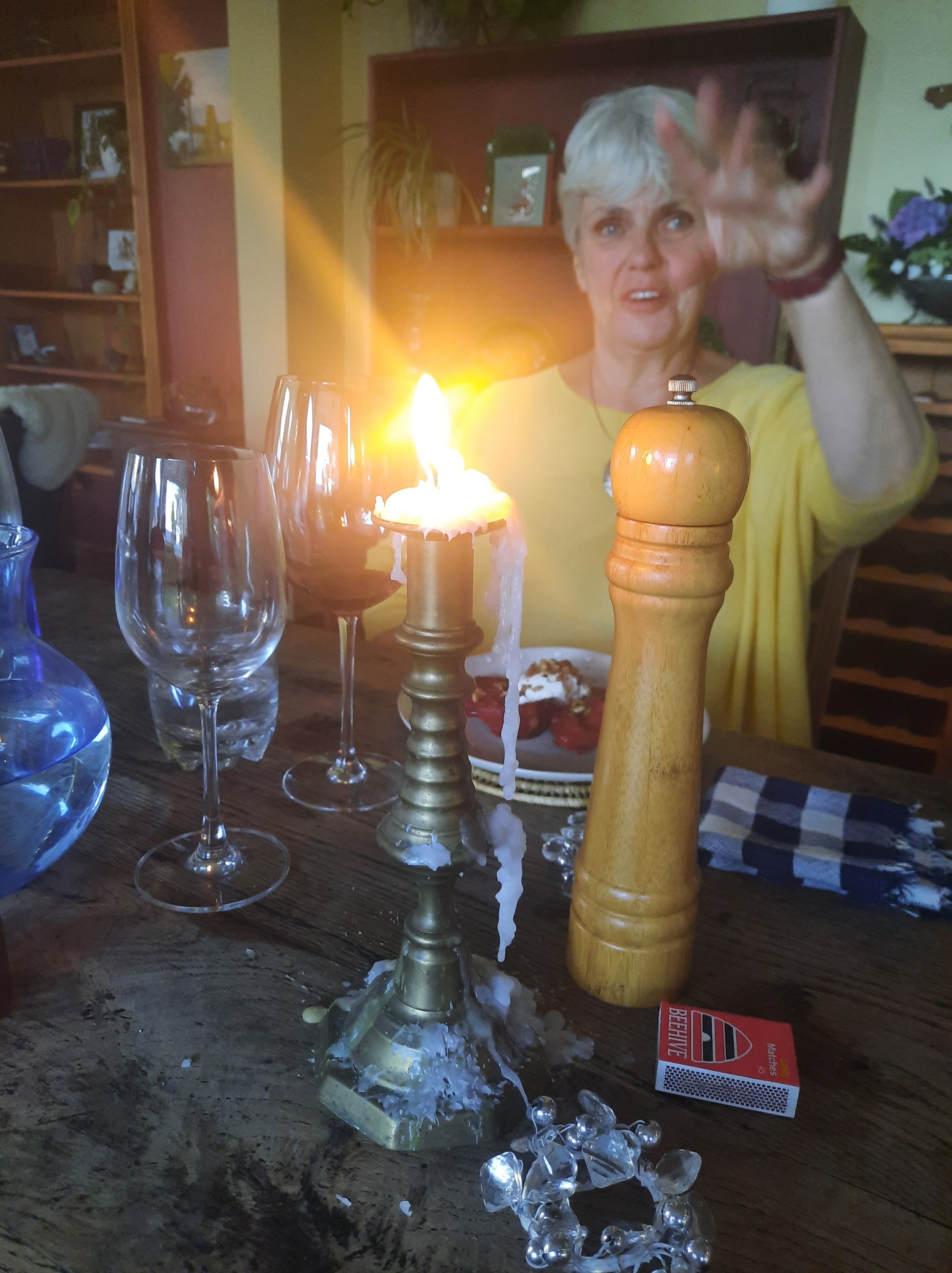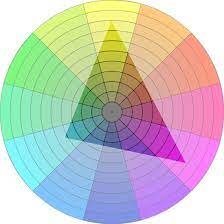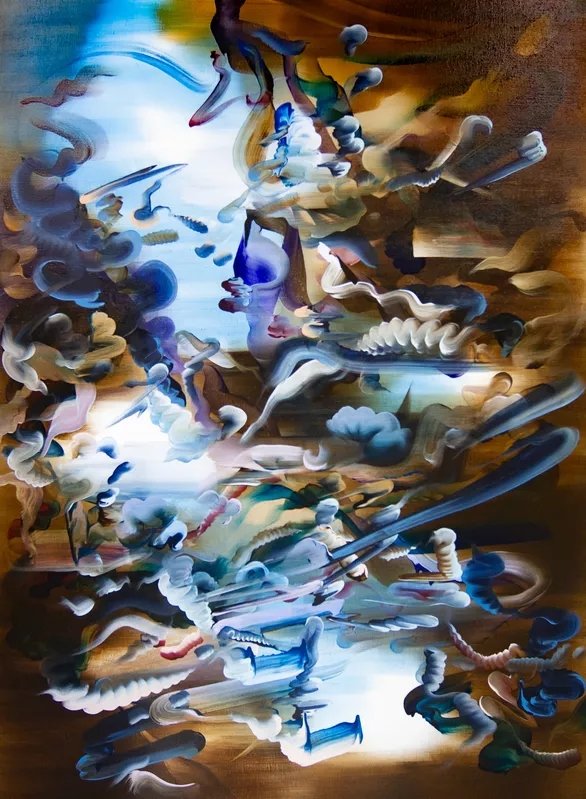The Lighthouse
When I saw the date of the last text sent from my New Zealand SIM, I was shocked to realise it had been five years. We had visions of opening our shipping container home in Whaingaroa/Raglan, quick dust, evict the cockroaches then sit back and enjoy time with friends.
On reflection this was a ridiculous idea. Unlike the UK there is no die-back season in New Zealand, things just grow slower in winter. Thankfully we have incredible tenants but it’s not their responsibility to dig out the vast rhizomes of invasive wild ginger, privet bushes, halt the progress of a greenhouse that’s falling into the stream and retain a bank that was falling onto said greenhouse with our driveway running directly above. The list of tasks felt endless and the weather against us. It rained and believe me it poured, cyclone Gabriel visited, trees fell, roads flooded, a section of the main road to Hamilton slipped away on top of the mountain and was closed for 6 weeks.
We spent a lot of time in wellies/gumboots and desperately needed to get a roof on the shipping container as when it rains there were three options to stop the rain coming in, stand outside and get wet, close the doors and stand inside in the pitch black or seek shelter in a café.
Oh, but there is always a silver lining!! By mid-January, roofing iron on backorder, I was desperate to paint and took the 2 ½ hour detour, usually 35 mins, into Hamilton to visit artist friends. They are working in an industrial building in the town centre, The Lighthouse and had space for me. Albeit an unwanted space, as it was on the kitchen thoroughfare under a drip where the roof needed repairing. Who cares about the drip at least we had a roof! Day one I bought some glass doors from an old cabinet, palette sorted, Waikato Society of arts were selling oil paints left by an artist in residence. Believe it or not they had even left a small half used tube of vermillion, not as good as my Michael Harding vermillion but I wasn’t complaining. Craig had been to the sale a day before and bought me some primed linen and within a day, remnants of my travel paints, new secondhand paints, canvases staple gunned onto ply panels, I was ready.
Just one problem, the five hours round trip on the school bus as all other services had been cancelled due to the road closure. On the first trip I sat in the middle and listened to the banter, kids down the back talking about getting high after school, kids up the front talking about physics whilst someone dropped their pink slushy in the aisle. It melted, the sticky pink liquid rolled back and forth from Te uku to Hamilton as we wound our way through the Waingaro road to Ngaruawahia. I had a limited tolerance for this journey so here comes the silver lining…… I had to stay in town and sleep in the studio where I had kitchen, shower, toilet and a roof, bloody luxury in comparison to a shipping container with a toilet. My idea of heaven living and breathing painting with my friends in the studio.
For the past year I have been focusing on my Thai paintings, I enjoyed this as my first foray after being taught at The Broadway Drawing School. A year painting about Thailand, with my paintings installed in a gallery in Chanthaburi, I worked on this final piece that talks about the old authentic and the more 'bling bling' modern approach to belief.
Oil on primed canvas Approx 120x120cm
Another reason for moving on is that I had fallen into an old trap, ‘being a slave to the image,’ trawling through multiple folders on my laptop, categorized into various aspects of Thailand that interest me, picking out the next idea. This had constrained my desire to focus on the mysteries of paint, use of different brushes and the potential magic that occurs.
My strategy was to talk to artist friends whose opinions I trust. Craig McClure, ‘Deborah be careful painting about other cultures can be a dangerous area of appropriation unless you are going to talk about something like, Western influence on the Eastern Culture.’ Whilst painting my experience when immersing myself in different cultures still interests me, it was a worthwhile point. Sarah Munro, ‘First task each day, I spend time looking at new ideas, artists in my hood, their process and get fresh inspiration.’ Jac Saorsa, 'draw more!'
Craig had a book sitting on his desk, James Gurney ‘Colour and Light’, well I read that in a couple of days! Best known for his illustrated book, Dinotopia he also writes a blog: http://gurneyjourney.blogspot.com. Gurney is wonderfully obsessed with light, how it falls and its colour in all possible environments. Dark, overcast, sunny, synthetic, natural, reflective, shiny object futuristic, he is, in my opinion, brilliant.
He critiques the colour wheel as we know it, describing how the original colour wheel was created at a time when there was limited access to the range of colours we have today. If you look at the traditional wheel below you can see how almost half is dedicated to natural earth colours, yellow, orange, red.
Gurney proposed a colour wheel that addresses this overemphasis of the earth colours, adopting a fusion between CMYK, cyan, magenta, yellow (derived from printer colours), and RGB, red, green, blue (derived from trichromatic photography). Some would say, well okay what is so important? If I have a colour on the canvas and I think to myself, wow, the hue is too bright, mixing with the colour from the opposite side of the wheel tones it down/neutralise it.can be seen when looking at the colour on the opposite side of the colour wheel. E.g. I’ve previously mixed yellow to neutralise purple, now I see that it is more accurately blue that neutralises yellow and green/yellow that neutralises purple.
Gurney wheel Traditional wheel
This limited access to pigments is detailed in, I have also been reading a book called The Alchemy of Paint, author Spike Bucklow, he talks about the mediaeval artists/alchemists and their recipes both magical and scientific for creating pigments. There was an ease of access to yellow ochre, raw/burnt sienna, raw burnt umber, yellows, browns and reds as easy to find as going to Sienna and picking up some red dirt. In contrast blue pigment required months of travel east on camels, to find the rare lapis lazuli of Afganistan which was and still is ground to produce blue pigment. Alongside Vermillion this remains one of the most expensive paints you can buy. Also purple, whilst being found closer in the Mediterranean, required grinding up the mucus glands of tens of thousands of cannibalistic murex snails to produce enough Tyrian purple for a small swatch of Royal cloth. Purple and blue pigment were so rare and expensive that artists, such as Durer in the 15th/16th century would charge a higher price based on lapis lazuli being used in their painting!
Another thing Gurney had to say, was his use of the ‘Gamuts’… I won’t go into too much detail as you must read the book to really grasp this concept, but it is basically, mapping a shape over the colour wheel only using colours from within the masked area as a way of limiting the colours to create harmonious work. This idea I plan to use and abuse to create problems that need solving.
I spent some time looking at other artists and their processes, there were a couple that stood out. Grace Wright, who adopts a technique that seems to involve a total body experience from rotating of the wrist to grand sweeping gestures loading her brush with colour mixes offering unpredictable outcomes, the scale giving room for large gestures, intricate groupings, vacant spaces, offering a tension and release that inspires me. She seems to demonstrate a fusion between the old master’s and an authentic focus on paint and its potential, achieving strange landscapes that hint at representation whilst focusing on the materiality of paint.
Denys Watkins is another artist who interests me. He is curious about the world, luxuriates with the diverse possibilities of paint. During his process he seems to create disruption, maybe a bold colour or shape then finds a solution until his works eventually achieves balance. It’s the idea of taking a risky step that causes a problem and then searching for a solution that really excites me.
With these ideas, some unfamiliar new paints, and a selection of large new brushes I was set to play, loaded brush, laptop closed, not an image in sight and a freedom to just lay the paint on the canvas. I used my tools and paint creating forms, tones, colours informed by breathing, experiencing my body movements, reading, listening to music feeling it unfold as opposed thinking too hard about it.
These gatherings more abstract than representational deliberately created problems and experimented with solutions. At times I found myself becoming too tight, in one session I created a baroque fantasy scape, hmmm, this isn’t me so pushed it away layering over the top more problems to solve. It was strange as I can describe a moment when different areas of the painting started talking to each other, shine light from up there on me, cast a shadow, give me volume, veil me, push me back, blend me in, force me forward an ebb and flow that led to my first new style work. This shows some of the stages in my painting’s development.
Finally ending in this final work which I think is just the beginning of a new direction.
The problem with working fast on one large painting is that you are always waiting for it to dry so I had another piece of work on the go, a Philodendron. We had Craig's giant Philo in the studio, thankfully on wheels as we constantly had to move it around to get past. I loved this plant, talk to it, watered it, watched five new leaves shoot up from the mother plant and a side pup. Despite not focusing on representational work, I decided to use some of my new tools and ways of working to create my own version of the philodendron which thankfully was not an accurate rendering of the plant itself but a fusion of my newfound freedom with paint and a desire to achieve a sense of the way I feel about this plant.
Then it was finished time to pack up, say my goodbyes to new and old friends, give my paintings away and head to the UK via Chanthaburi, Thailand. Half an hour before I left, Bevan turns up at the studio, a fascinating man, painter, wood sculptor, philosopher, film lecturer, he looks at my work and says, ‘I think it’s light that interests you!’ He asked for advice about how to seal and revive oil colours that have dulled, I told him about Damar varnish, I didn’t mention that it was to be my last stop at the art supplies shop as I needed Damar to seal my paintings now completely dry in Thailand. Searching the shelves, I could not find it and was eventually shown its new location, they only had 500ml bottles, I needed a discreet 30ml as I would never get through customs with half a litre! Who should walk through the door but Bevan in search of Damar. I’ll buy the bottle and you can decant what you need into a jar.’ Thank you, Bevan, it was so lovely to meet you. I am in awe at the vastness of the universe set against these small serendipitous moments in life.
There is one last serendipitous event I would like to share. Whilst I am obsessing with colour and light, what should be on at the Auckland Art Gallery, 'Light from the Tate', 1700s to now. It featured nearly 100 artworks, from the Tate UK collections, even an image of Anesh Kapoor's blackest black, Vantablack, he had sole rights to use, preventing its use by other artists. This led to outrage and a feud between Kapoor and British artist Stewart Sempler, worth looking at as it's both clever and funny. The exhibition looked at how light has captivated artists over time. I spent a fabulous few hours there with Sarah Munro, dinner with her daughter Emily followed by drop off at the airport for check in.
Sarah with James Turell
Anesh Kapoors Vantablack
Harwich Lighthouse, Constable
start here
The Destruction f Pompeii, John Martin








































